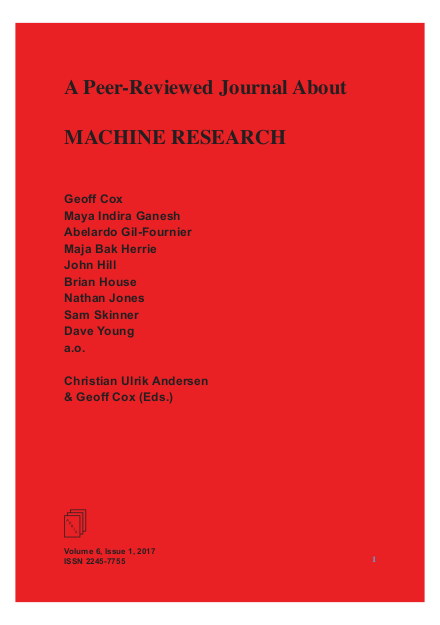Computing War Narratives
he Hamlet Evaluation
DOI:
https://doi.org/10.7146/aprja.v6i1.116011Abstract
In this text, I will unpack the workings of a particular technological apparatus applied in South Vietnam during the war, contextualising it in the culture of systems-analysis which became prevalent in US defence strategy following the Second World War. This apparatus – called the Hamlet Evaluation System – was in formal operation from 1967 until 1973, and aimed to provide US Forces with a vital narrative of progress in their “pacification programmes” in Vietnam. With its disruptive use of computers, the immense scale and scope of its task, and its affordance of a managerial approach to warfare, this system raises a number of issues around the role of the computer as bureaucratic mediator – in this case, tasked with converting complex insurgencies into legible, systematic narratives. What kind of insights did it provide into the operations of the Vietcong insurgency? How does it fit into the wider ecologies of command and control in the US Military during the first few decades of the Cold War? As the Hamlet Evaluation System, almost fifty years after its inception, is still considered the “gold standard of [counterinsurgency]” (Connable 113), it remains an important case study for those trying to understand how computers structure the institutional bureaucracy of war, and how they are imagined as epistemological tools that can somehow reveal objective truths about the complex, dynamic reality of war.
Downloads
Published
Issue
Section
License
Copyright (c) 2024 Dave Young

This work is licensed under a Creative Commons Attribution-NonCommercial-ShareAlike 4.0 International License.
Copyrights are held by the individual authors of articles.
Unless stated otherwise, all articles are published under the CC license: ‘Attribution-NonCommercial-ShareAlike’.
The journal is free of charge for readers.
APRJA does not charge authors for Article Processing Costs (APC)


